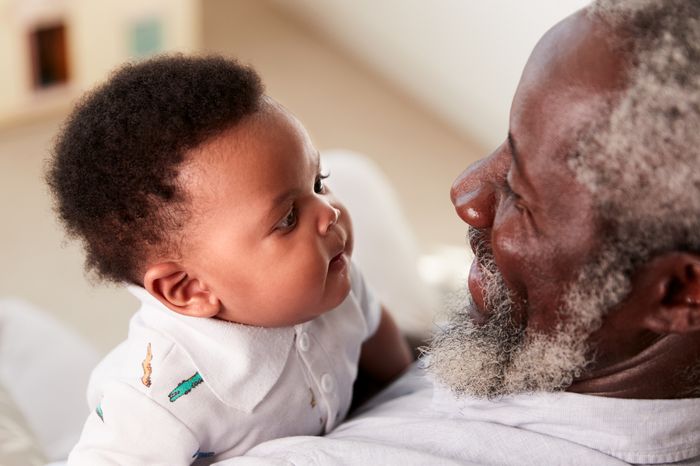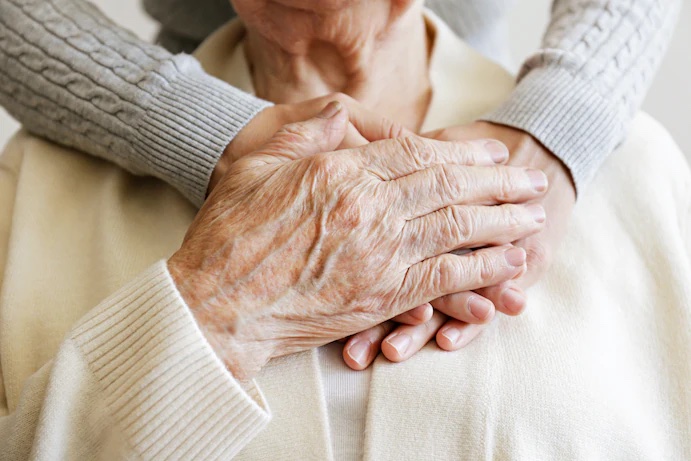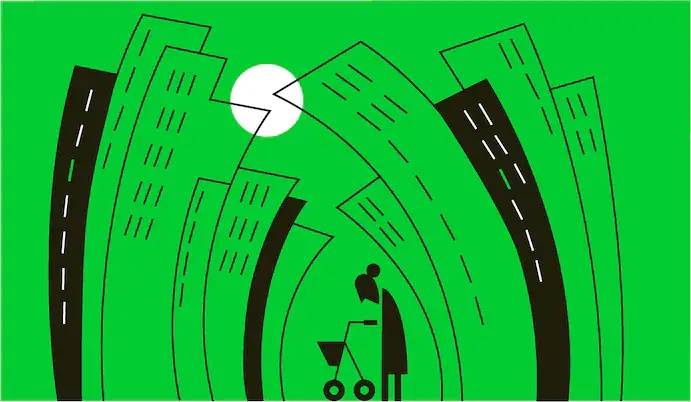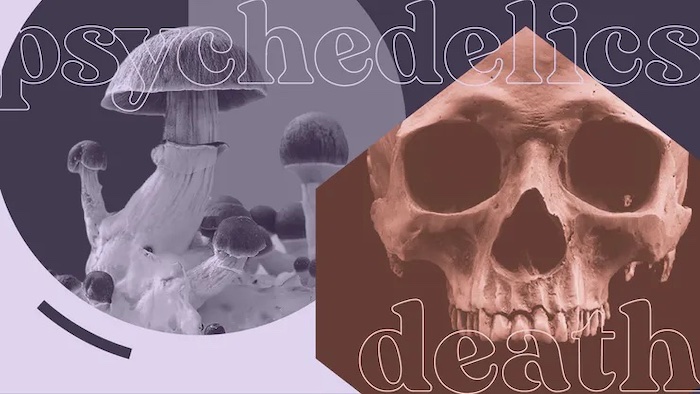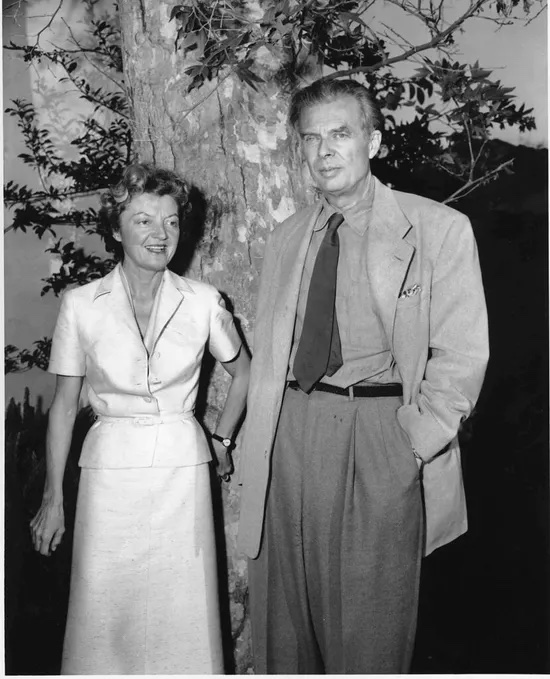First step: Acknowledge it, together

A serious illness is many things — terrifying, painful, life-altering. The prospect of losing a loved one, or your own life, becomes an unspeakable agony. It’s also isolating in a way I never could have imagined. I’ve been the one in that sickbed, and I’ve also done some time sitting beside it. I wouldn’t wish either experience on anyone.
Lately, however, I’ve been thinking about what memoirist Meghan O’Rourke has called “the long goodbye” and trying to focus on the one gift it does give us: the gift of time. Time to plan, but mostly time to unearth and process our feelings. And then, if we’re fortunate, to be able to share these deep-seated fears with those we love.
This is not easy. When my mother learned she had lung cancer several years ago, we both turned to humor to help absorb the meaning of her diagnosis and to deflect the pain. One afternoon, many months before she died, Mom said with a wry smile, “I think I’m really dying.” To which I replied, “You mean today? Because I’m going to the market, so if you really think so, I won’t shop for you.” “That’s hilarious,” Mom countered, a hungry smile now on her face. “What’s for dinner?” Very adroitly, pretty much reflexively, we had avoided the elephant in the room.
Mom’s health deteriorated over the next several weeks. Again, she raised the question of her death, but now without the smile. “Will dying be painful?” she asked. In that moment, I knew I needed to confront my own feelings about her mortality and not sidestep the conversation with facile banter.
I took Mom’s hand in mine and said, “Don’t worry, it won’t be painful.” I told her hospice had provided a “comfort kit,” which contained medications for restlessness, confusion, anxiety, sleeplessness, constipation and, of course, pain management. I could feel Mom’s hand relax. Finally, she said, with a palpable sense of relief, “Thank you.”
In the weeks after that, we began a new chapter. I hadn’t realized how much effort had gone into my denial. I thought about the many times I had said, “if you die …,” which denied what we both knew was inevitable. After I dropped the subjunctive and began to talk about when she died, a barrier was eliminated. She knew. I knew. Now, we knew together.
I don’t think Mom suffered in her final days. After she became “unresponsive” (considered part of “active dying”) I returned to that comfort kit at the direction of a nurse. I removed the liquid morphine and gently squeezed one drop, then a second into her mouth. When the end came a few hours later, my sister, brother and I sat on her hospital bed, holding hands with each other and our mother as she died. What a gift, I thought, as we helped her to let go honestly, openly, and — most importantly — together.
Three decades earlier, when I was newly in remission from my own cancer, I had so many worries — about recurrence, additional treatments, more surgery. But at its core the fear was always about dying, which I never acknowledged, which meant no opening for others to broach the topic. I tried hard to keep those anxieties buried away, mostly by taking anti-anxiety medications. I’d pop a Klonopin and for four hours I’d be “fine,” as I often repeated. Still, I felt detached from others, even myself, but in my mind, that was better than feeling. Or worse: talking about feelings with others.
I chose to be alone.
Every time when I returned to the hospital for follow-up labs and scans, I’d medicate. But drugs, it turns out, can do only so much. I’d still taste the fear in my throat, or notice the shallowness of my breathing. A few times I vomited — spontaneously — the associations too strong. No matter how hard I tried, I could not effectively lock away that demon, that fear.
Then I decided to volunteer at the cancer hospital that had given me so much, sharing my cancer “experience” with patients, which invariably included discussions of fear. I realized how helpful these conversations — about hair and weight loss, recurrence and remission, life and death — were to the patients I met in the hospital, either newly diagnosed or undergoing treatment. But these talks changed me, too.
For far too long, my fears had been caged inside me, dense and dark. Laura Wallace, a licensed clinical social worker whose practice focuses on transitions and loss, explained that acknowledging feelings of “loss and longing,” while deeply painful, is a much better alternative than anger, addiction and anxiety. Or denial.
Releasing these fears — into the rooms where I had these conversations, into the air outside the hospital when I would walk away — was liberating. Imagine a vial filled with dark blue worry. Release a drop into a small cup of water and it colors the water. Release another drop, this one into a gallon bucket, and it becomes nearly impossible to detect. By acknowledging and sharing my fears openly, I let them go and they began to dissolve. Eventually, I stopped taking those anti-anxiety medications.
In her recent memoir, “Going There,” journalist Katie Couric, whose husband died of colon cancer in 1998 at age 42, tells of feeling trapped between a rock and a hard place. “I was so worried about letting go of hope because I didn’t want Jay to spend whatever time he had left just waiting to die,” she wrote. “I think it takes extraordinary courage to be able to face death, and I think I was too scared, honestly.”
Couric’s words reverberated with me, especially as I’ve tried to take the lessons learned from my mother’s death, and my own illness: How to be present. How to balance today with tomorrow. How to find the courage to embrace what’s so often unspeakable.
A longtime friend, Barry Owen, succeeded in all three ways.
At 66, he revealed his pancreatic cancer diagnosis in a blog post. He knew, as did his husband, Dan, the unforgiving prognosis. (Stage IV pancreatic cancer has a five-year survival rate of 1 percent, according to Johns Hopkins Medicine.) “I have no illusions about this disease,” Barry wrote on his Caring Bridge blog, which was read by about 30 of his closest friends, including his two brothers.
Three months after his diagnosis, Barry pushed open the door to a conversation about dying. “Dan and I are starting to talk about planning, planning for my death,” he wrote. “This is not easy to write about.”
It was not easy to read about, either. But we joined the conversation with Barry and Dan, I hope, supporting them if not sharing their pain.
Barry did well enough for a while — long enough to celebrate his 67th birthday, to make a farewell tour to friends, and to enjoy the winter holidays. By spring, all that had changed. Eleven months after diagnosis, one of his caregivers posted the sentence everyone expected, yet dreaded. “So, yes, he is dying.” We understood. Barry’s followers made that final journey together with him.
During those final days I thought of “The Mary Tyler Moore Show,” one of Barry’s favorites, specifically the final scene where Mary, Rhoda, Lou, Ted and all the rest huddle, and walk offstage together, as one. It’s a tear-jerker, for sure.
We leaned in, through the Caring Bridge site. One friend acknowledged the heartbreak of losing Barry. His brother, Jamie, posted: “We all know the inevitable result, but it doesn’t keep me from becoming emotional every day.” I wrote that I’d burst into tears upon reading the news, but that I felt so deeply connected to his friends. Amid all this, a friend reminded us that Barry’s mantra had always been “Only connect,” which to him spoke to the importance of our relationships to help defeat “the isolation” — as novelist E.M. Forster put it — that keeps us apart.
I felt privileged to be among all these beautiful souls, so in touch with their feelings and able to express them. I thought then — as I do now — how rare this gift is. When Barry died, we held onto one another, tightly albeit it virtually. One friend posted, “Although I only know a few of all the friends around Barry, I feel part of you and share your grief.” Another wrote, “How terrible our loss.”
Complete Article ↪HERE↩!


